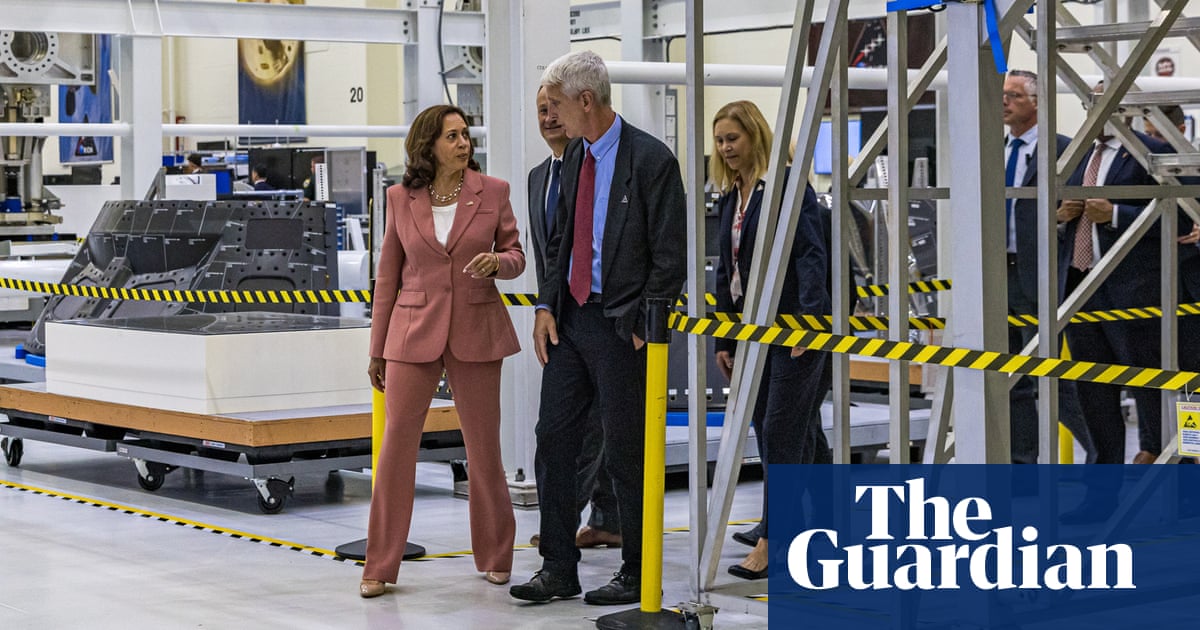
NASA has delayed their mission to send astronauts to the moon due to setbacks in their ambitious Artemis program. This program’s goal is to once again have human feet on the lunar surface for the first time in 50 years.
The United States’ space organization has declared a postponement of one year for the Artemis III mission, which plans to land four astronauts near the southern pole of the moon. The new projected date for this mission is September 2026. Additionally, the Artemis II mission, which aims to send a crew around the moon for 10 days to test life support systems, has also been delayed until September 2025.
NASA announced that the postponements will give their teams time to address the development obstacles involved in the program. This program collaborates with private companies such as SpaceX, owned by Elon Musk, and Lockheed Martin, and relies on mostly unproven spacecraft and technology.
Nasa administrator Bill Nelson stated that the safety of astronauts is their main concern as they embark on new missions to the moon under the Artemis program.
The goal of Washington is to create a lasting human presence in space beyond the orbit of Earth. This includes building a base camp on the moon and a space station that orbits the moon. The ultimate objective is to send people to Mars, but it has been determined that returning to the moon first will provide valuable knowledge about deep space before undertaking the lengthy journey to the red planet.
The initial launch of Artemis I in 2022 was a success for the program. Nasa utilized the powerful Space Launch System (SLS) rocket from Florida to transport an uncrewed Orion capsule, built by Lockheed, on a 25-day, 1.3 million-mile trip to the moon and back. This mission yielded important information for Nasa, identifying necessary improvements such as a damaged heat shield.
The postponement of future missions will provide additional time for private companies like Axiom Space, who are working on creating spacesuits, to further advance their technology.
SpaceX has been assigned the responsibility of creating a spacecraft that can land on the moon without a crew. This spacecraft will first travel to the moon and then rendezvous with astronauts in orbit before taking them to the lunar surface. The Starship system, which is the biggest and most powerful rocket ever built by the company, is still in its initial testing stages. While two flights have been launched successfully, both have exploded during flight. However, SpaceX views these failures as a necessary part of their development process, allowing them to take risks that government space agencies are not willing to take in order to generate profit.
According to Amit Kshatriya, the leader of Nasa’s mission to explore the moon and Mars, the revised Nasa schedule takes into account the significant development obstacles faced by our industry collaborators.
In 1972, Eugene Cernan became the final person to step foot on the moon, Earth’s closest celestial body. The Artemis program aims to achieve the historic firsts of landing a woman and a person of color on the moon’s surface.
According to Jeffrey Alan Hoffman, a previous astronaut for Nasa and current professor of aeronautics and astronautics at MIT, the postponement was expected due to the numerous tasks that still need to be completed.
“According to astronaut Hoffman, Space X’s Starship will eventually transport the crew to the moon’s surface. However, it has not yet reached orbit.”
The astronomer expressed disappointment, but not surprise, at the delays. He attributed them to Nasa’s current smaller budget compared to the era of the space race in the 1960s and 1970s, when the US sent astronauts to the moon as part of the Apollo program.
The amount of money allocated by Nasa for the Apollo project was immense. According to a statement, the project involved a workforce of 400,000 individuals, a level of resources that Nasa does not currently possess. The launch will not take place until all necessary precautions have been taken to ensure the safety of the crew.
Source: theguardian.com



